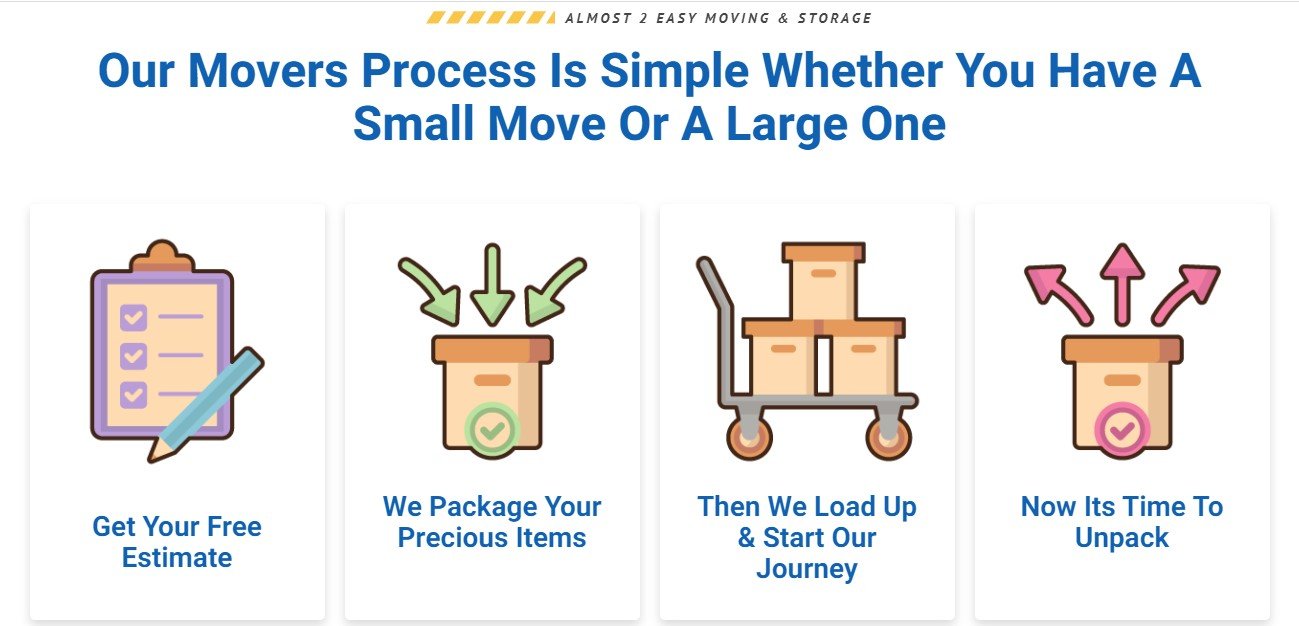In order to establish a loyal customer base in the increasingly competitive e-commerce sector, firms must come up with novel approaches to developing relationships with their clients. Website traffic is the most crucial sector for every e-commerce company, but it is also the most difficult one.
Social media is currently having a significant impact on the development of online commerce. It offers a forum for discourse, evaluations, information, and expression. An online store might take advantage of the opportunities that social media platforms offer for their own gain. 90% of customers believe they trust peer recommendations, while 93% of consumers use social media to assist them in making purchasing decisions.
Digital marketing agency have outlined a number of methods that e-commerce companies may employ to increase traffic to their websites using social media. These are five effective strategies you may utilize to maximize the benefits of social media’s reach.
Dynamic product ads and intelligent targeting
It’s not a good idea to leave your advertisement visible in public view. After you have identified your target market, you can target your advertising to that market using the targeting capabilities offered by social media platforms like Facebook. You may target people on Facebook using a variety of criteria, including geography, demographics, interests, device type, etc. Moreover, it offers you capabilities like retargeting, lookalike audiences, and custom audiences. You will be able to connect with potential clients and engage them more successfully by using these targeting choices. Your ROI on advertising will go up significantly with the aid of smart targeting. You may retarget clients who have previously expressed interest in your goods or services by using dynamic product ads. Dynamic product advertising now gives e-commerce marketers a great deal of flexibility and variation in functionality to increase sales across devices.
A prime illustration is Cathay Pacific Airlines. To get in touch with consumers who had previously conducted a search on their website, they employed dynamic product advertisements for vacation. To compel consumers to take action, the advertisements included a picture of the target city that they had looked for. A “book now” button that led straight to the Cathay Pacific website’s booking page was also featured in the advertisements.
Another illustration is eBay. eBay is effectively motivating their consumers depending on the customers’ interests by deploying dynamic product advertisements and retargeting. They engage their clients by featuring individualized and pertinent items in their advertisements.
A wonderful method to highlight the items on an e-commerce website is through Facebook carousel advertisements. These not only assist in providing a detailed view of the items but, when creatively utilized, also aid in boosting traffic to e-commerce websites.
Taking advantage of influencers
The term “influencer marketing” has recently gained popularity and is now included in the marketing strategies of several sectors. The three main sectors where influencer marketing is really taking off are primarily food, travel, and fashion. Old-fashioned word-of-mouth marketing has a more modern and structured name: influencer marketing. The development of the internet and social media has altered how consumers go about the purchasing process. People are searching more quickly and effectively these days, and they search online for detailed and reliable information.
Consider the influencer’s likeability, reputation, and trustworthiness before partnering with them on behalf of your brand. Keep in mind that influencers serve as brand advocates for their audience, and the content they disseminate should align with the company’s values.
A variety of purposes include product debuts, reviews, interaction, marketing, events, and so forth.
The Mamaearth.com influencer campaigns are a great illustration of this. Mamaearth is an online retailer of skincare, cosmetics, and beauty items. Mamaearth.com collaborates on projects with various beauty influencers and bloggers. People frequently rely on the assessments and recommendations of influencers in the fields of beauty and fashion. Mamaearth makes excellent use of this in digital media.
Boosting Businesses With Innovative Strategies
By means of Product Videos
The majority of online customers concur that their least favorite aspect of online purchasing is not being able to physically touch and feel the things on e-commerce websites. In the case of the fashion and cosmetics industries, this is particularly true. A product’s operation may not be fully explained or a thorough overview of the product may not be provided by product photos taken from various perspectives. Videos are the new favored medium, and e-commerce companies should take advantage of how well-liked they are with consumers.
Videos may be used by e-commerce companies to bridge the gap between offline and online purchases. Product films may assist in giving customers a complete shopping experience and in giving them a thorough overview of the many situations in which a product may be utilized. Online shoppers will find it more tempting as a result. Product videos can be used in Facebook or Google advertising in addition to being utilized on product pages and the social media feeds of e-commerce firms. These films may be utilized for YouTube advertising in addition to Facebook and Google advertising.
Many video formats are becoming more and more popular on social media. They include animated or white videos, time-lapse videos, stop-motion videos, live videos, 360-degree films, 30-second videos, and videos that are 360 degrees.
Product films may be used to promote conversions from current consumers, introduce new items, demonstrate how they integrate with existing or popular products from the company, and more.
Prioritize Engagement
Social media for e-commerce involves more than just promoting brands and deals. Many e-commerce businesses are unaware of this. Social networking is a great tool for attracting online audiences with valuable text and image material. It may be quite tempting for ecommerce firms to just flood timelines with product ads and promotions. Yet, social media offers e-commerce firms a wealth of opportunities to please customers when they purchase online. Live polls, live videos, user-generated content, competitions, and more may all be used to engage audiences. Posts on holidays and current events can also be used to draw in viewers.
Understanding client needs is crucial for achieving high levels of engagement. By being aware of this, brands can better filter content.
E-commerce companies may utilize social media to enhance their client service. Currently, a lot of people search online for answers and would rather communicate quickly online than on a drawn-out phone conversation. In addition, businesses must encourage pleased clients to evaluate and rate their goods and online retailers. Online brand trust is greatly boosted by reviews and ratings.
Using blogs and infographics to market your content
For instance, a fashion e-commerce business may feature summer outfits utilizing its items in a blog post about “summer clothing.” This will not only provide interesting and helpful material for the readers, but it will also accomplish the goal of the e-commerce firm, which is to highlight its items. Similar to this, a blog post on “Top 10 budget smartphones” by an e-commerce company selling mobile phones, like Flipkart or Snapdeal, could include descriptions of each smartphone, along with links to the products on the e-commerce site, as well as information about each smartphone’s special features.
Last but not least, it’s critical for e-commerce firms to choose the best social media platforms to leverage their brand. Social media networks may help e-commerce enterprises reach their target audience considerably more quickly if they are used creatively and properly. The fashion and food sectors, among others, have fully realized the value of social networking. Yet by researching and developing foolproof social media campaigns, e-commerce firms may also take use of social media’s advantages.



